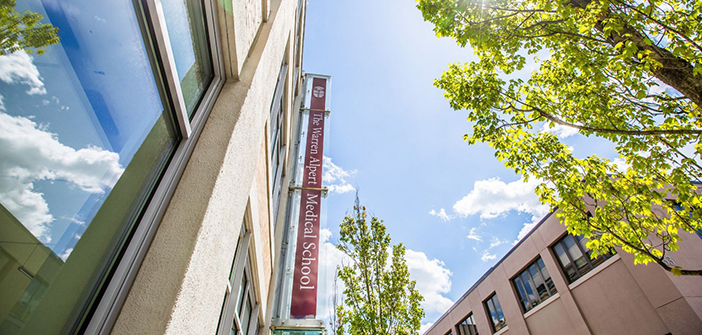Brown is building more lab space in the Jewelry District.
The life sciences include many of the most space-intensive research programs at Brown. And all of those programs’ primary facilities are at or near maximum capacity.
Now the University has taken a critical first step toward alleviating that space crunch. This summer, it began the process to select an architect for a new integrated life sciences building in the Jewelry District.
The envisioned facility will provide state-of-the-art lab space for researchers in biology, medicine, brain science, bioengineering, public health, and other disciplines to work together on pressing health-related issues. Its location would enable close collaboration with colleagues at the Medical School, the School of Public Health, the School of Engineering, and affiliated hospital partners.
The architect selection process began as Brown is developing an operational plan to grow its overall research enterprise. In June, the University purchased 10 properties in the Jewelry District from Care New England to further develop the research capacity of Brown and its partners.
Mukesh K. Jain, MD, dean of medicine and biological sciences, says the new building will provide much-needed space for existing research centers to grow and new ones to flourish.
“A modern facility with the laboratory space, technology, and infrastructure to translate cutting-edge science will enable Brown to implement a growth plan that supports research teams working on scales ranging from molecular-level science to biotechnology innovations, to the latest developments in patient therapies and interventions,” he says.
A key part of the vision, Jain adds, is to provide investigators access to state-of-the-art technologies that “enable the development of novel diagnostics and therapeutics, particularly in highly promising areas such as RNA biology, to stimulate stronger partnerships with biotech and pharma, which will accelerate the timeline to clinical impact while simultaneously enhancing economic vibrancy and workforce opportunities for our Rhode Island community.”
Construction will take four to five years to complete.




